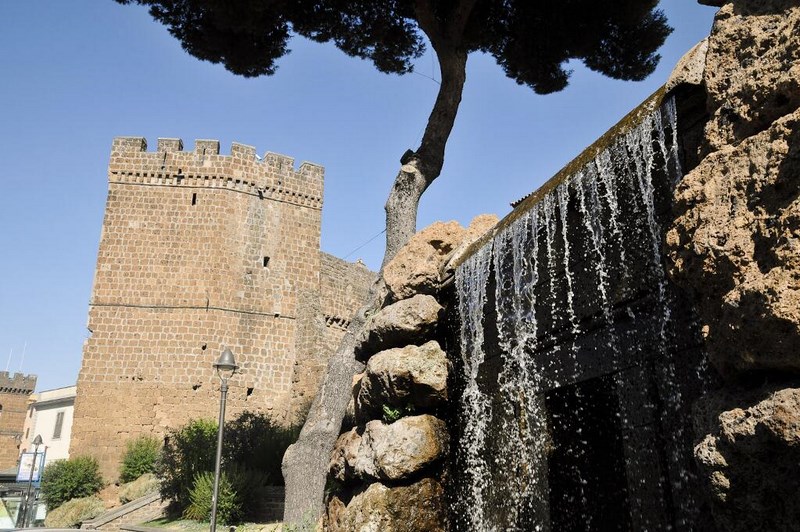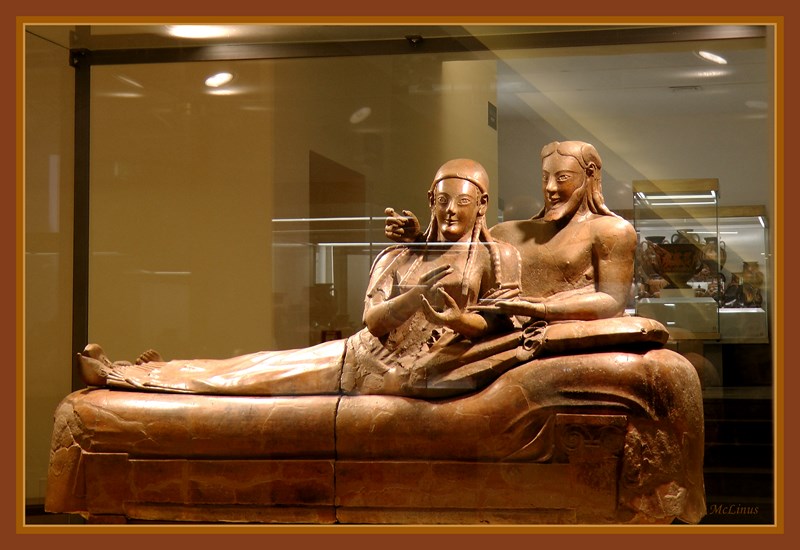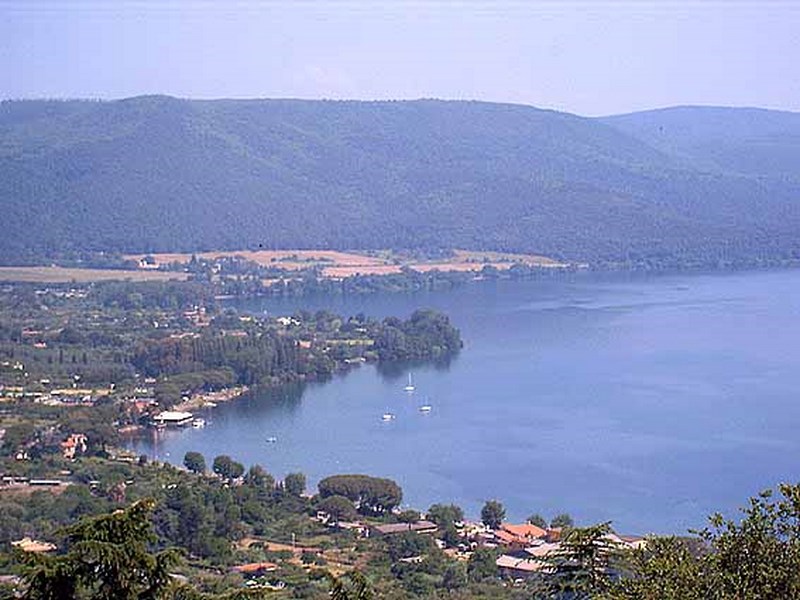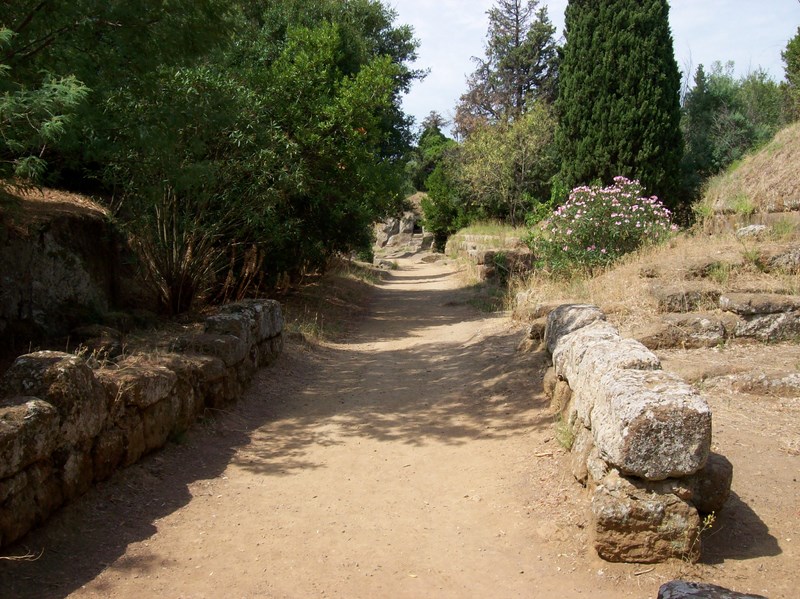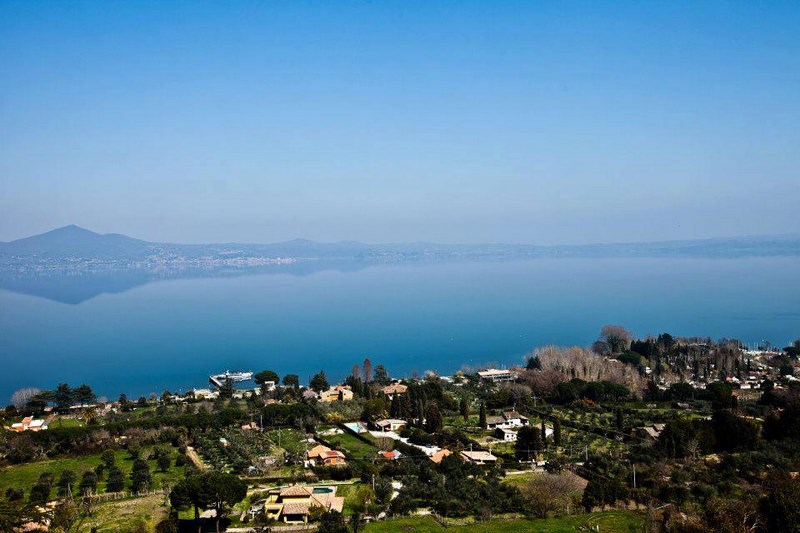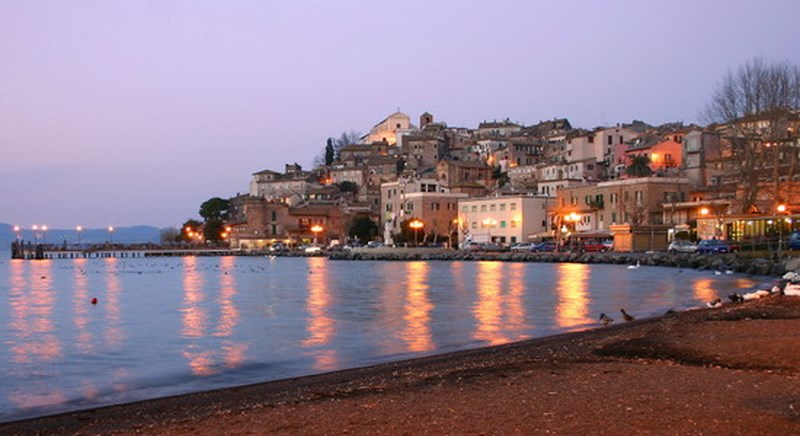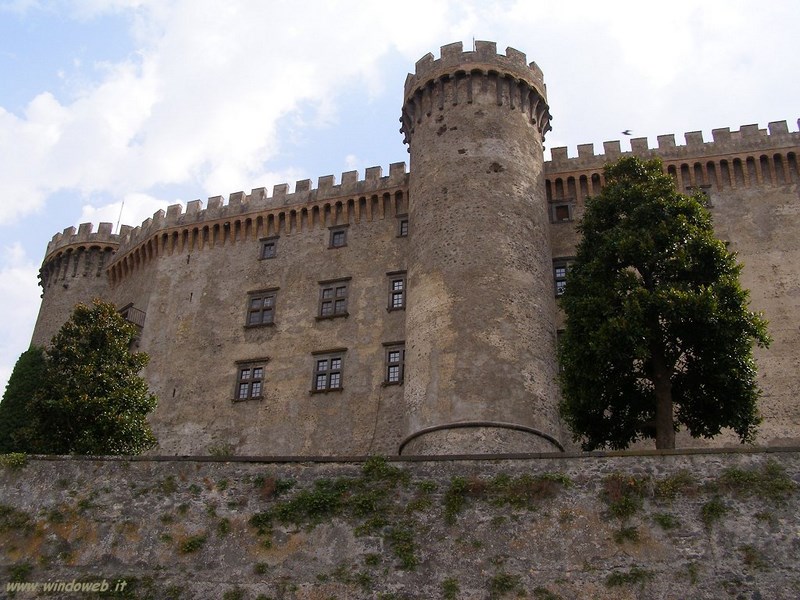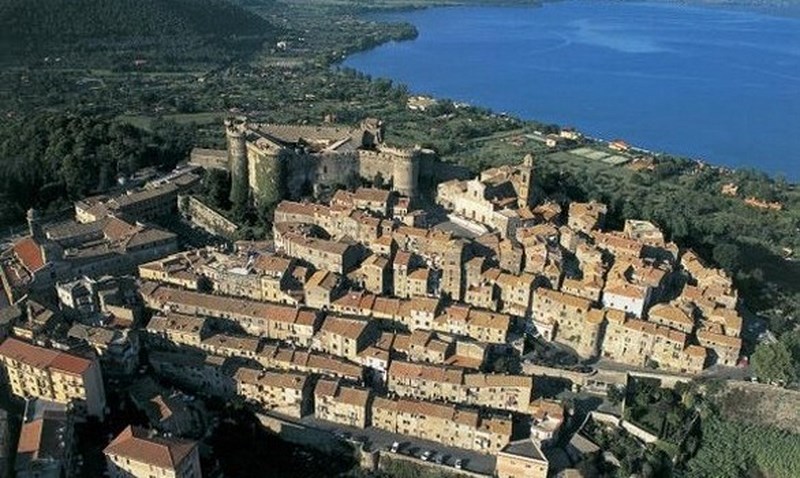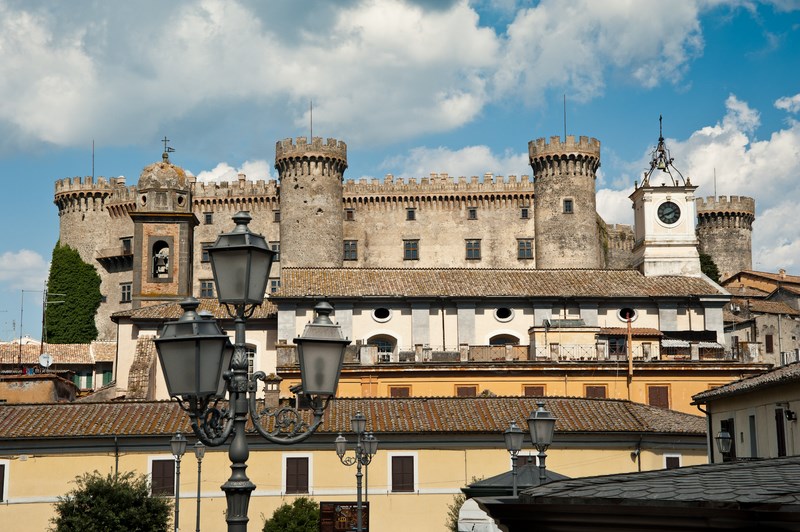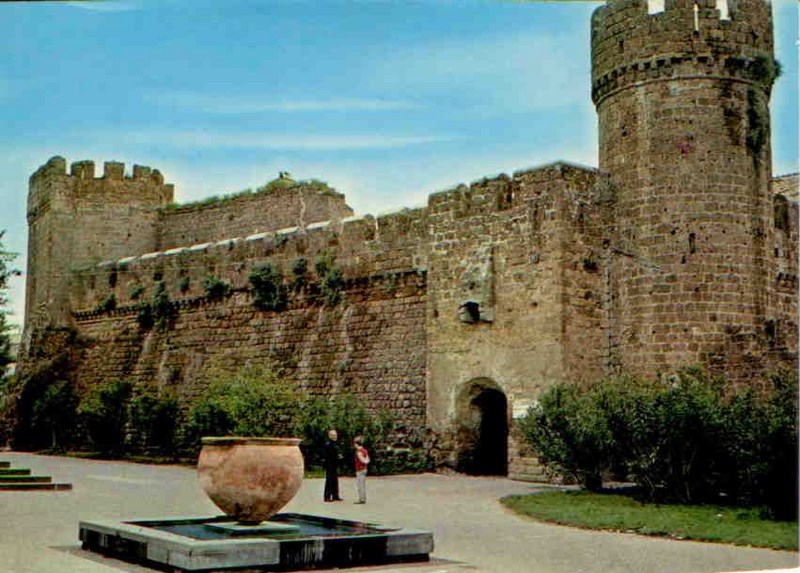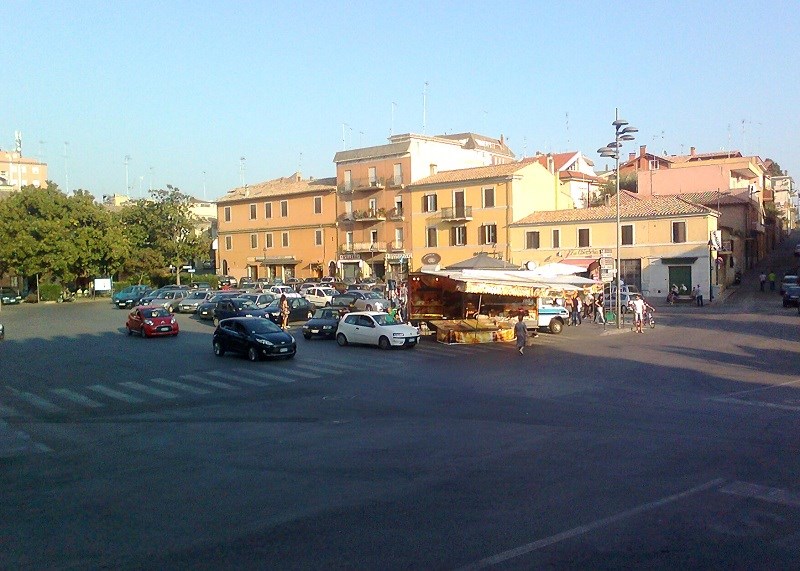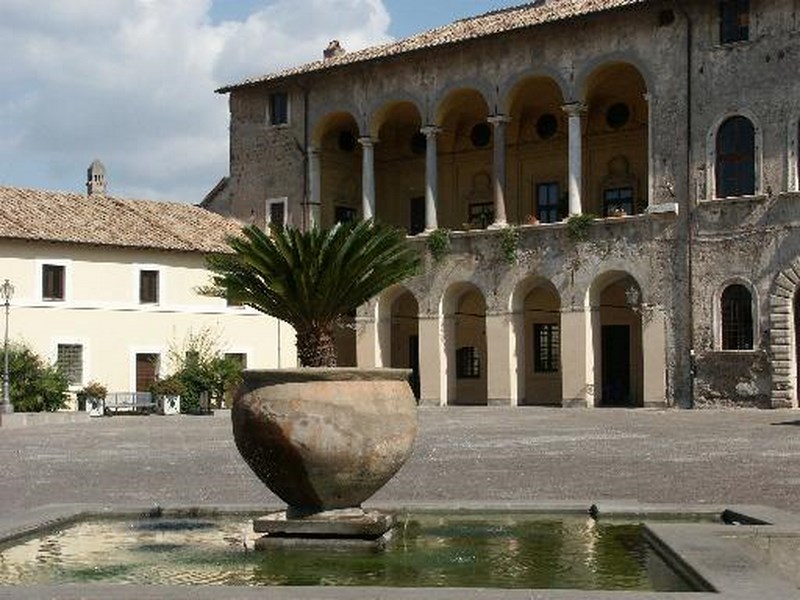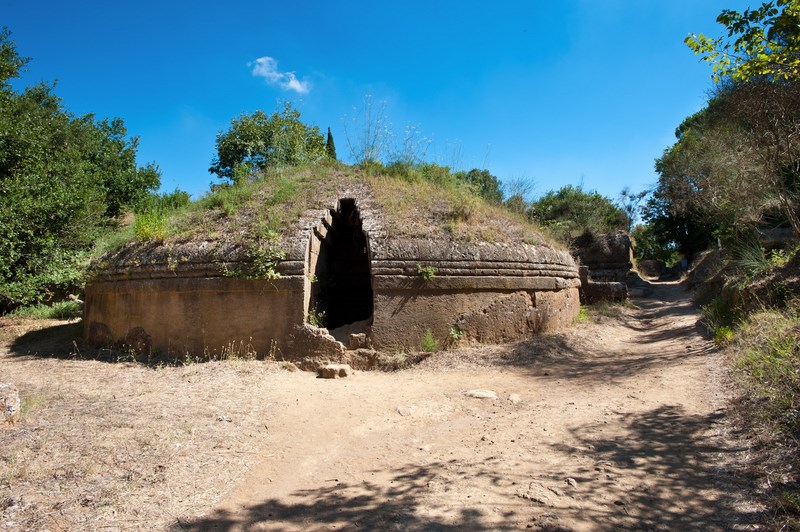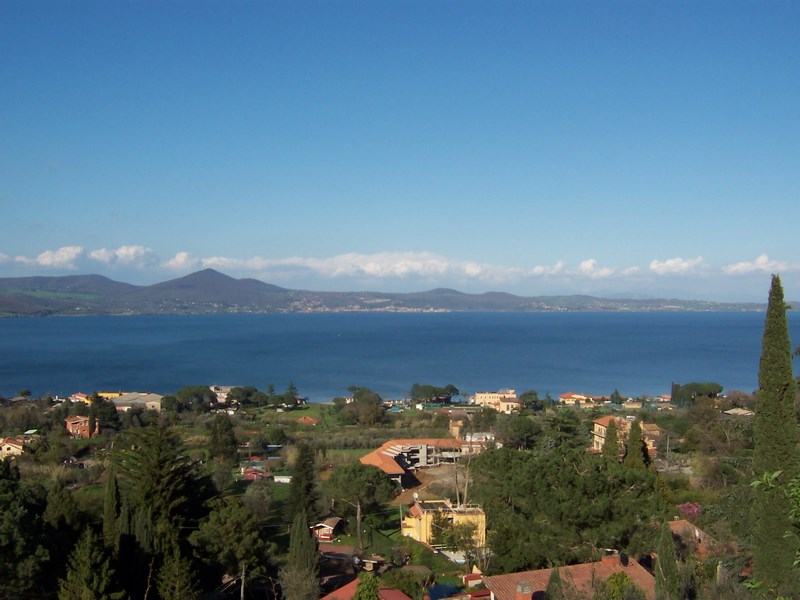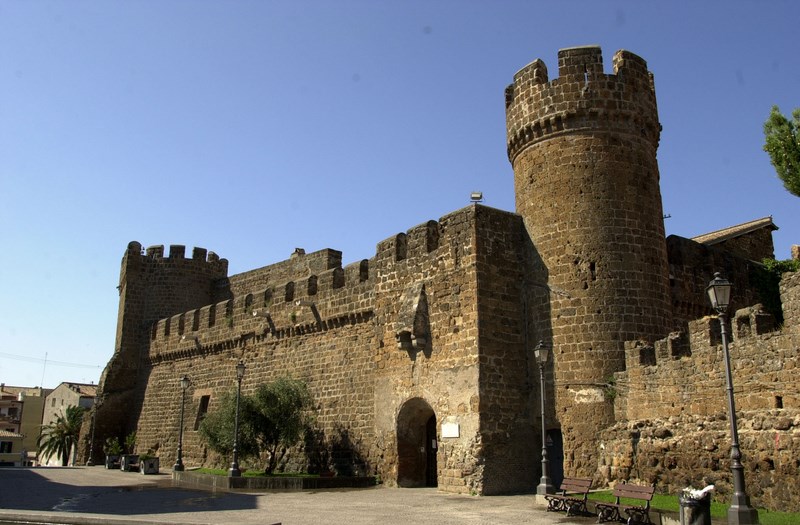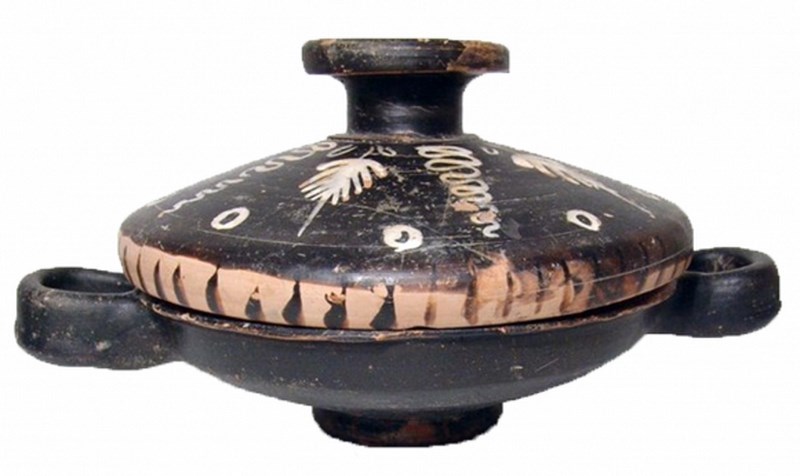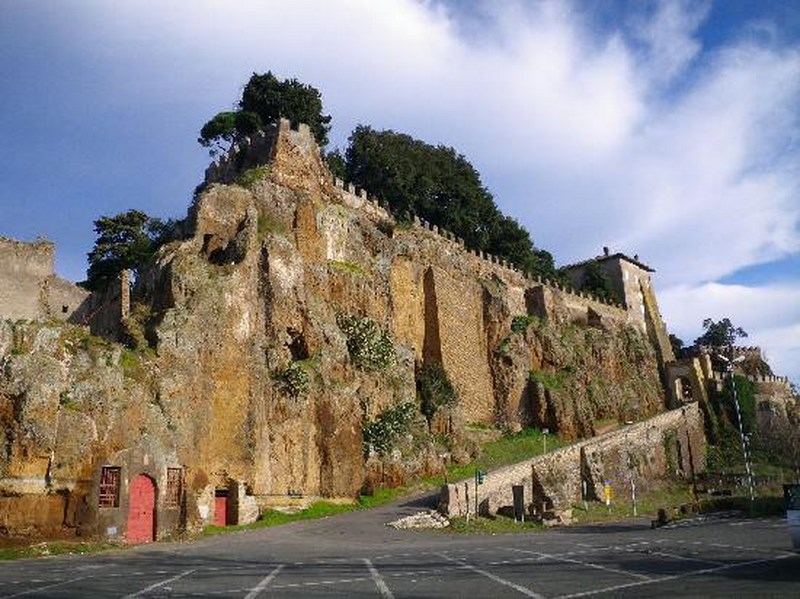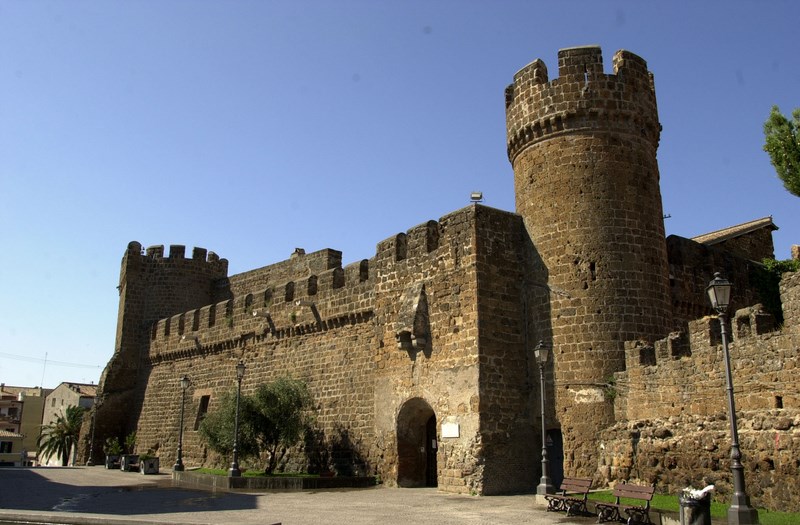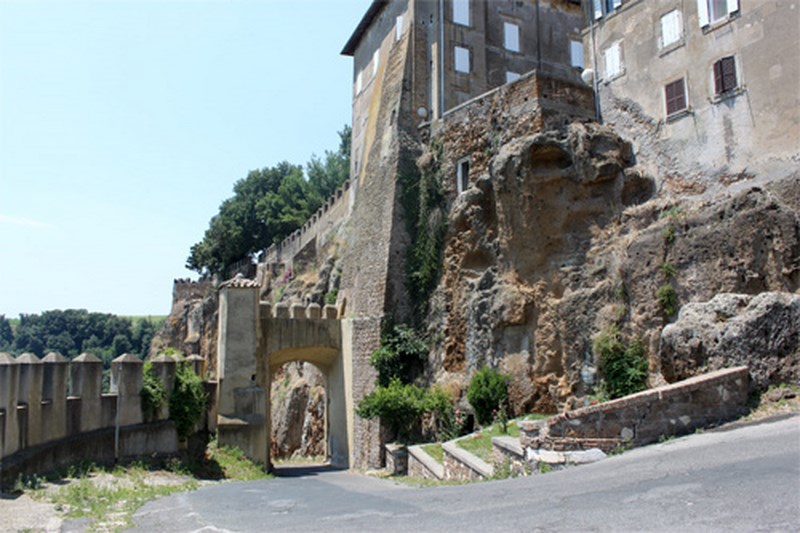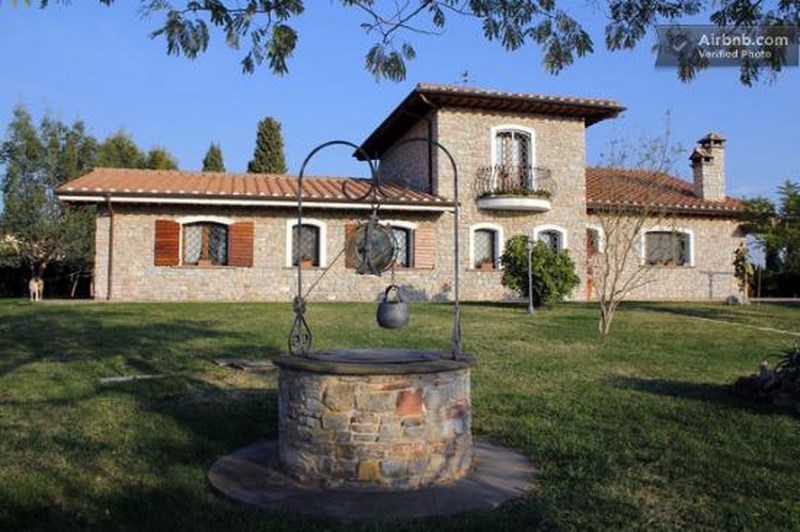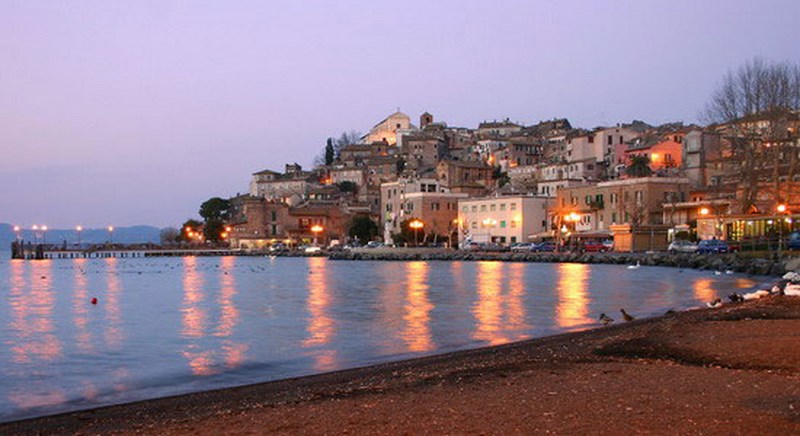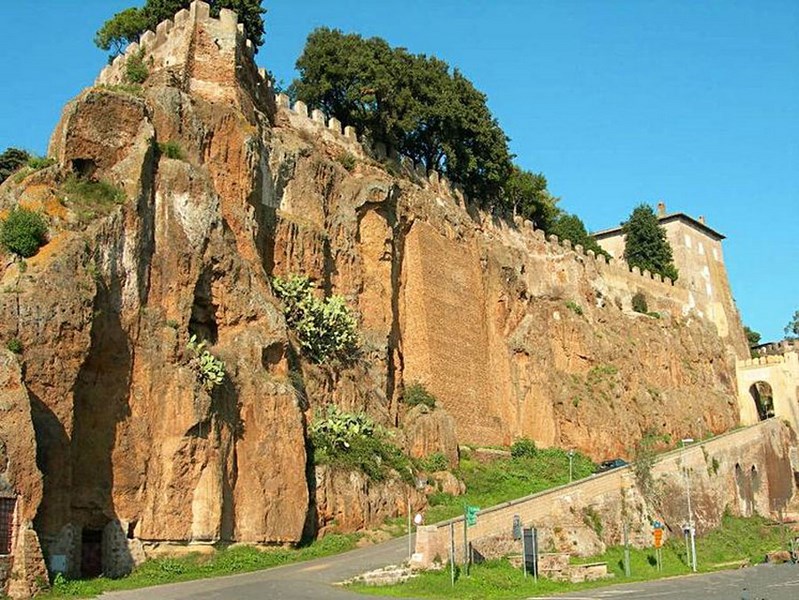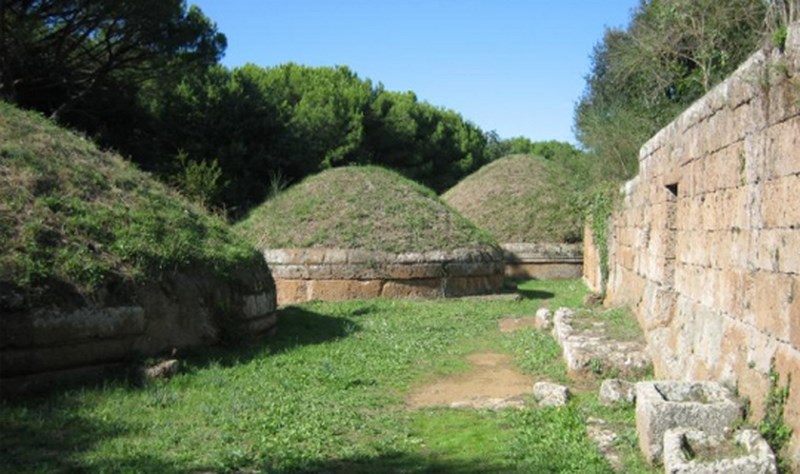This is an 8-hour tour with pick-up and drop-off at your hotel or your cruise ship.
Cerveteri, or Kaisra to the Etruscans, dates back to the 11th century as proven by the archeological digs that uncovered dwelling areas and necropolises. This Etruscan centre underwent a long period of growth and was at its apogee around the 6th century BC. Thanks to contact with Grecian culture and business dealings with the Phœnicians. This led to a pyramidal power structure with the aristocracy holding the reins. The settlement also had close ties with Carthage and together in 540 BC, they fought the Focese (Greeks) in the battle of the Sardinian Sea winning their place in the history books.
From the 5th century onwards, things began to go wrong and over time, these led to the settlement’s decline. First and foremost was the growing conflict with the Greeks followed by the breaking off of trade with Italy. The area came more and more under the influence of the Romans during the 3rd and 2nd centuries.
A highly oppressive regime reigned in the Middle Ages and the ancient Kaisra suffered an attack by the Saracens. This led a gradual abandonment of the area and as a consequence, the area was further impoverished due the land being left uncultivated. Malaria in the 12th century drove many of the remaining residents to find healthier places to live.
Cerveteri is the main Etruscan archæological site and is located in a fabulous site between the sea and the mountains not far from the capital city and other main towns. The journey between the historic centre and the necropolises bears witness to a rich and varied mediæval past that can be clearly seen in the locality that is brimming with reminders of other times.
Bracciano Castle – The building of the Odescalchi Castle in Bracciano begins in 1470 on order of Napoleone Orsini and finished in 1485 by his son Gentil Virginio.
During the centuries the Castle, in which it’s possible to recognize the hand of the famous architect Francesco di Giorgio Martini, underwent profound changes and because of its strategic position is often at the center of heavy contentions among the most important aristocratic Roman families like Colonna and Borgia. Animated by a profound rancour against the Family Orsini because of their political position and wealth, Pope Alessandro VI even came here in 1496 to confiscate the Castle.
The first pictorial intervention are dated back to these years: the famous circle dedicated to the woman shows, according to late medieval models, some moments of court life linked to the flow of time and seasons; the fresco of Antoniazzo Romano with the triumph of Gentile Virginio Orsini, an important page in the activity of this rare painter of the Roman fifteenth century.
In the end of the papacy of the vengeful Borgia the Family Orsini could own again the Castle carrying on a continued work of embellishment and enlargement. At the end of the XVI century Giacomo del Duca disciple of Michelangelo, completes a series of interventions for the sumptuous wedding of Isabella de’ Medici and Paolo Giordano Orsini.
It wasd then that the brothers Taddeo and Federico Zuccari were hired to decorate some of the halls. Among them, the hall that in 1481 gave hospitality to Pope Sixtus IV della Rovere who was on the run from the plague in Rome. The Zuccari brothers, two among the most important artists of the end of the XVI century, realized the frescos with the horoscope of the married couple and the emblems of the two great families.
In 1696 the Odescalchi Family succeeds the Orsini Family. The first is an old family native of Como. Its reputation considerably improved when one of its members ascended the Pope’s Throne with the name of Innocent XI (1676 – 1689). The nephew of the Pope, Livio, became prince of the Holy Roman Empire by the Emperor Leopold I for the services during the war against the Turks.
After the French occupation, when the precious fittings were stolen, the Castle and the fief were released with the right of redemption to the Family Torlonia who owned it until 1848 when the prince Livio III Odescalchi redeemed it by the Duke Marino Torlonia.
The son of Livio, Baldassarre, a first rate character in Rome during the nineteenth-century, cared about the return of the old resplendence by promoting a wise restoration guided by the architect Raffaello Ojetti.
Lunch will be in Ceri, a very small Etruscan village with a very good and fresh food.
Please note:
Our driver/guide will pick you up and drop you off at your hotel or your ship at the conclusion of the tour, tickets, meals, entrance fees and extras are not included.
Cerveteri, Bracciano and Ceri the pre roman Etruscan tour
